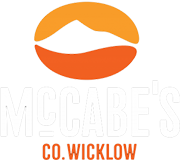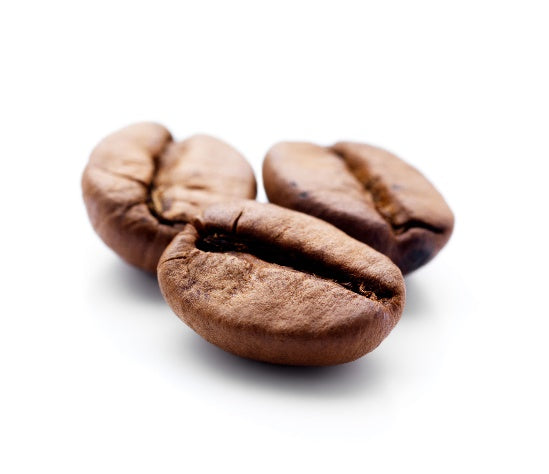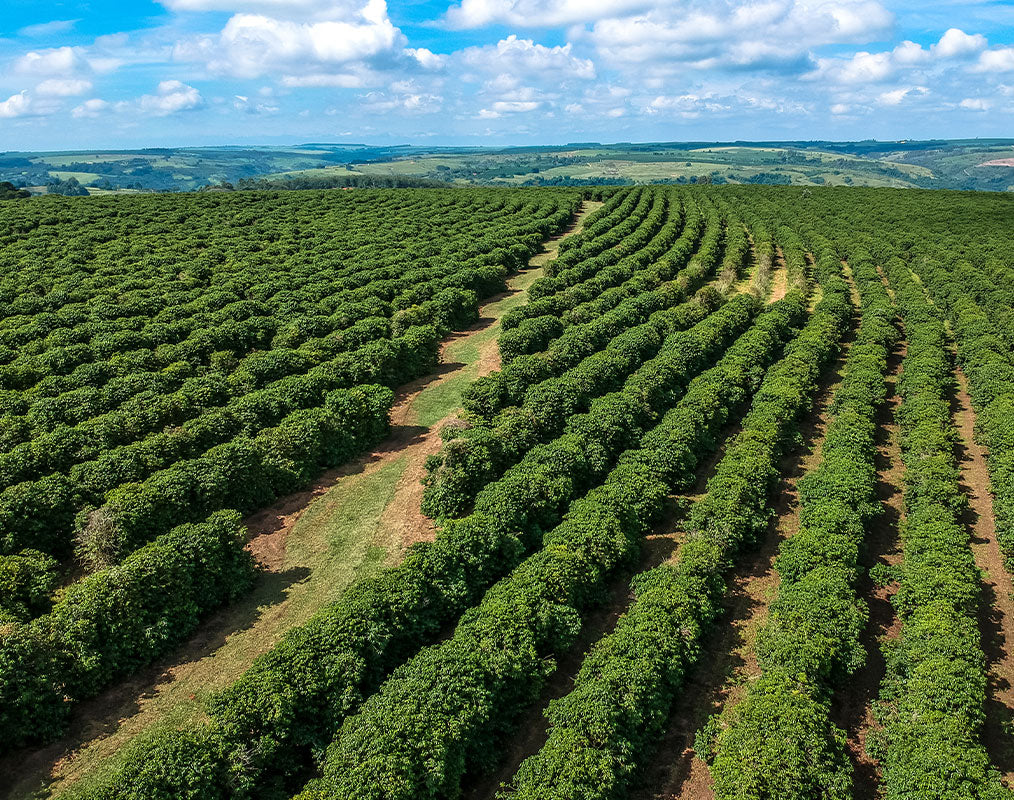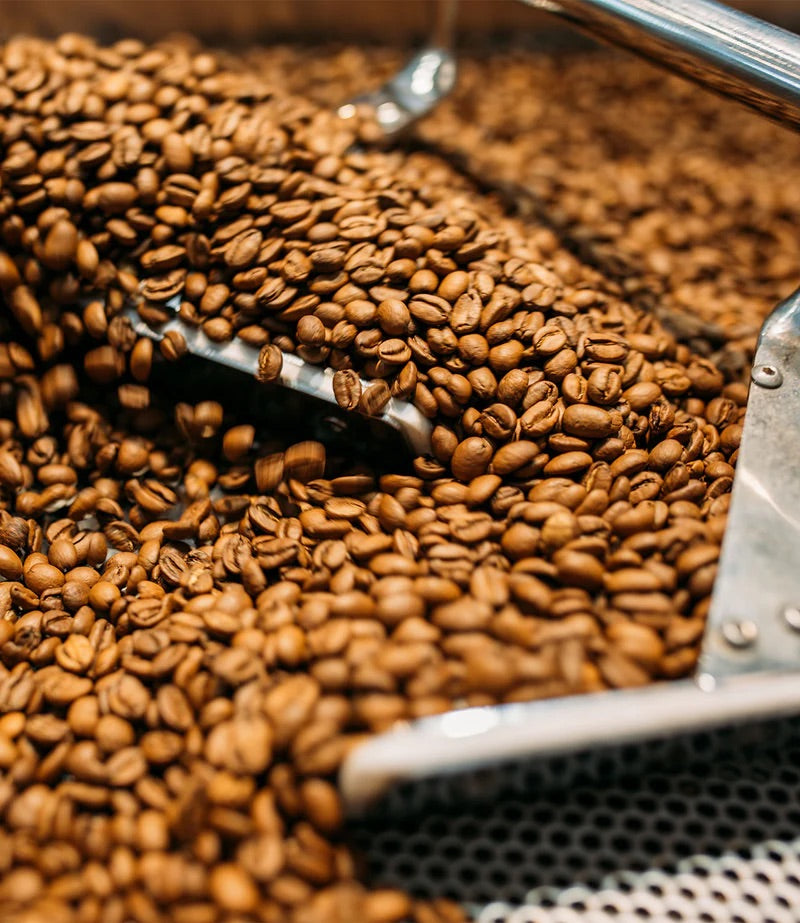In this comprehensive article, you'll embark on McCabe's Coffee' journey through the intricate stages of coffee roasting. From the careful selection of green beans to the final cupping before delivery, you'll gain a thorough understanding of the craft. Learn about the pivotal role of the Maillard reaction and caramelization, and discover the delicate balance needed to achieve the perfect roast.
But first what does Coffee Roasting mean to us? Coffee roasting is all about choosing a recipe to determine the flavour profile of the beans. We always aim to highlight the origin flavour and the effort the farmers have made in growing the coffee and the specific processes used.
Stage 1 : Selection
We ask many questions when selecting a green or raw coffee for roasting.
- Are we roasting for a filter or espresso coffee?
- Are we buying for a coffee that will be blended with other coffees or will it be roasted and sold as a single origin?
- Does the coffee require Fairtrade or Organic certification for the blend or single origin?
- Have we developed a relationship with a cooperative or farmer that we want to continue with?
- Was the previous coffee to our satisfaction?
- Has the coffee become too expensive to continue with?
- Have we found a more sustainable offer?
- Is this a new coffee or one we have purchased before?
- What flavour notes are we looking for or do we require a coffee with more body or sweetness?
Once we have decided on the coffee we are interested in, we request green or raw coffee samples either direct from farmers we know or via brokers. We roast these on our 1kg sample roaster and then cup or taste them by adding hot water to a measured amount of ground coffee and removing the floating grinds. Lots of slurping is required during cuppings to evaluate the taste which includes flavour notes, body, sweetness, acidity and aftertaste.
We decide which coffee of the samples received we enjoyed most and is best for our needs and contract either directly with the farmer or a broker for an agreed weight of to be delivered either directly to us or via a storage facility.
We request a pre-shipment sample to be sent prior to shipping. We roast and cup this when received and then give instruction to ship the coffee once the sample meets our approval.
Stage 2 : Arrival at the Roastery

After many months of growing, picking, processing, sorting, bagging, resting, and shipping, the coffee we have selected finally arrives at our specialty coffee roastery. We put the sacks carefully into storage and take a sample of the fresh arrival for cupping to compare to the pre-shipment sample.
Stage 3 : Roasting Profile
Once we have a consensus about which roast profile brings out the flavours we enjoyed when we cupped the pre shipment sample, we pass the coffee to our roaster who is responsible for illuminating the coffee as we never know exactly how it will compare from our sample roaster to the main roaster.
Coffee roasting is all about choosing a recipe to determine the flavour profile of the beans. We always aim to highlight the origin flavour and the effort the farmers have made in growing the coffee and the specific processes used.
Stage 4 : Batch Roasting

When using a drum roaster in which coffee beans spin in a metal drum as they are roasted, there are two basic ways of heating the bean, conduction, or convection.
Conduction is the transfer of heat between matter when beans touch the warm roasting drum or when beans touch each other raising the temperature. In convection heating, air moves through the mass heating the beans.
Both types of heating are always present during drum roasting however depending on the type of coffee and stage of the roasting, the roaster chooses which type of heat to emphasise.
The first phase of the roasting process is drying as the moisture content is reduced to allow flavour to be developed in successive phases. The length, momentum and starting temperature all influence the final taste of the coffee.
Stage 5 : Bottoming Out
Once the beans are weighed and loaded into the roaster we wait until the temperature has bottomed out, indicating completion of the first stage of the roast. When the temperature hits the bottom of the curve it starts to climb, and our job is to prevent it climbing too fast. If we put too much heat in this would dry the coffee too quickly.
Stage 6 : Maillard Reaction and Caramelization
People often think about coffee roasting in terms of how the colour of the been changes. This does happen as the been changes from green to yellow and various degrees of brown but how that colour is arrived at determines the flavour of the coffee.
For example if you cook a whole chicken at 400°C and pull it out after seven minutes it will be dark on the outside and raw on the inside. The same thing can happen with coffee during roasting as the heat dries out the beans and converts starch into sugars although this process is usually referred to as either the Maillard reaction or caramelisation.
They are quite different as the Maillard reaction is the type of reaction that causes meat to brown or colours the crust of bread and involves a reaction between sugar molecules and amino acids and produces more savoury flavours than sweetness.
Caramelisation occurs at higher temperatures than the Maillard reaction and involves only sugar molecules which decreases sweetness but increases complexity. Image below shows how the colour changes through the roasting process.

Stage 7 : First Crack

We always want the temperature to rise smoothly and gradually to get to what is called the ‘first crack’. First crack is the coffee roasters term for a chemical reaction that occurs as a coffee begins to reach the drinkable stage much like the chemical reaction in popcorn with audible popping.
At this stage we see an increase in the bean size and a decrease in the density that occurs because of moisture trapped in the coffee boiling off. The roaster has a sampler where a few beans can be taken out of the drum to examine the colour, size and aroma of the roast.
After three or four minutes the small, hard green coffee beans start to take on the same colour and smell like popcorn or warm, damp hay. About five minutes into the roast, the coffee starts to turn yellow, when we first smell attributes that we want to be able to taste in the finished product.
The temperature continues to climb, and the coffee starts becoming an increasingly darker brown colour. The coffee is starting to smell more like toast and has entered the development stage.
Stage 8 : Second Crack
At this point in the coffee roast the roaster requires full concentration when all sensory information will inform the decision to end the roast.
Using the sampler, we are looking for beans that are plumped up to the right size, the colour is correct and beautiful aromas are present. We cannot let pressure of indecision cause us to overthink or freeze and we must choose the right time to release the coffee into the cooling tray.
First crack is an endothermic reaction which means that it depends on the coffee absorbing heat, so we must make sure that we're still adding heat to the system. ‘Second crack’ is the coffee roasters term for the exothermic chemical reaction that occurs after ‘first crack’ as opposed to first crack, second crack produces its own heat. The majority of our roasts are released just before or just after second crack but lighter roasts for filter coffee would be released earlier.
Stage 9 : Hitting the Spot

At the final stage of the coffee roasting, we are always hoping to hit that spot where the coffee will still be sweet but with pleasant savoury notes starting to develop.
If we miss that point the coffee will taste bland, undershooting will mean the coffee will taste sour with grassy notes and if we overshoot the mark we are aiming for, we will emphasise too much of the roast flavour of the coffee flavours in the same way that slightly too much time in the toaster makes the character of different types of bread hard to distinguish from each other.
Even more time in the roaster will emphasise the carbon flavours of the coffee like the way the charr of a burnt steak overpowers the taste of the meat inside. The optimum point of flavour development is always the aim.
Stage 10: Pre-delivery Cupping
The cooling fan and agitator arm are then activated to help the cooling process. After the coffee is dumped, the coffee continues to roast in the cooling tray until it cools down which takes a few minutes.
Once the coffee is cool, it is packed into heat sealed bags and placed in boxes. Carbon dioxide naturally produced by the roasting process needs to escape from the coffee and this happens through the valve which is in each pack.

The next day the coffee is cupped to assess if it is acceptable to send to customers and reviewed for ways to improve the coffee.
Most of our espresso roasts or brought close to second crack where a chocolate, nutty, toasty flavour profile is the objective without any harshness of carbon flavours.
Our single origins are roasted lighter to highlight the individual characterises of the coffee and process. Most of our coffee tastes best about a week after roasting. We deliver coffee to our customers after this resting period, so end-users get to experience the taste of the coffee at its best.
After learning about the art of coffee roasting, we trust you now have a richer understanding of this process. We hope you'll understand this intricate process better, deepening your enjoyment of every coffee cup. Last but not the least, Mccabe's coffee invites you to explore our carefully crafted coffee products, embodying these principles, for an elevated coffee experience.





Leave a comment
All comments are moderated before being published.
This site is protected by hCaptcha and the hCaptcha Privacy Policy and Terms of Service apply.